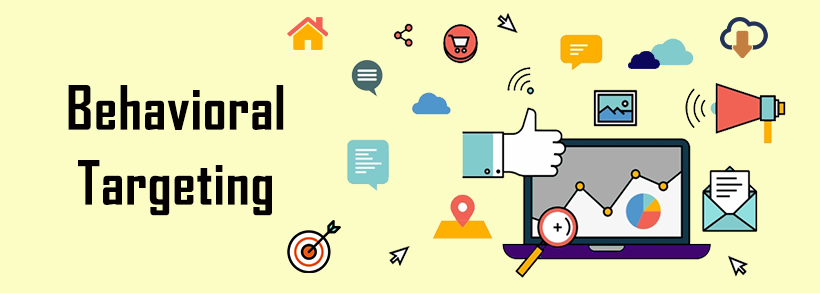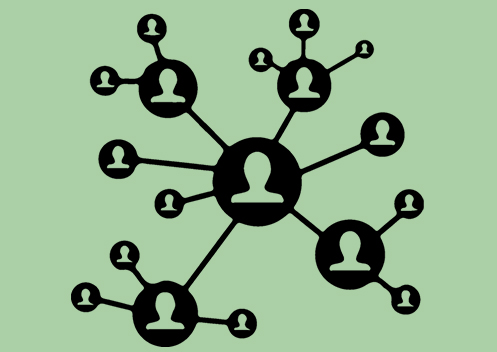Implementing Behavioral Targeting in Higher Education Institutions
August 2, 2023
Behavioral Targeting goes far beyond its traditional task of separating a target audience by gender, age, or place of residence. As relevant as this data may be, it is also necessary to know their interests, behavior, and habits. For instance, several variables are considered such as the number of visits the users make to an online store, whether they’ve registered or not, where they’ve clicked, which products were purchased, the time spent on the same website, etc. Hence, provide greater personalization and efficiency of products and services offered to the consumer.
For example, how can a higher education institution specializing in Health Sciences located in San Francisco target messages to a 32-year-old man living in California? Solely, if he visits websites with medical content, is subscribed to a health newsletter, or has purchased books or tests about this topic.
In addition, we can discuss other possibilities of segmentation through online data, depending on the interests or specialization of the higher education institutions. For example:
Content Targeting: Content analysis technology identifies keywords on the web page where the ad is displayed. The content is analyzed to determine its topic and then, ads that are most relevant to the context are selected. Each time a webpage is loaded, new ads are selected (in real-time) related to the keywords on the page. For instance, on a business school website, advertisers could highlight advertisements about economic books or management conferences.
Semantic Targeting: The software analyzes the meaning of the content and probes for thematic differences in web pages to further refine the positioning of an advertisement. However, if two websites have the keyword “audiology”, it will be analyzed whether the website offers audiology services or training.
On the other hand, Behavioral Targeting focuses on a relevant audience (regardless of the context in which it is found). For example, if a user performs a search related to a Master program, related ads will also appear on other websites.

How Does Behavioral Targeting Work?
The placement of each ad will be based on the data that the network has on each user. This information is added to each user profile located on the server by cookies, so it can be used throughout the advertising network (the server will detect the path of the same profile/user on different websites and will show banners adapted to their characteristics and interests). Suppose a server has registered that a certain user has visited a page on the Industrial Revolution, then downloaded an academic article on World War I, and then purchased a book on contemporary history. In this case, the server has placed a banner for a Master’s Degree in Contemporary History of a School of Higher Education in Humanities in the spaces reserved for advertising on the sites to be visited later.
The use of cookies is considered the “cleanest” type of user data collection because they can be blocked through browser settings. Even so, this form of advertising has opened a debate in society because of the risk posed by the link between information about users’ behavior and their data. For instance, in some countries, administrators wishing to create user profiles must ensure that the user has explicitly given permission or that the data is recorded anonymously.
Thus, the advertising industry focuses on cookie-based technologies and anonymized user profiles to avoid identifying an individual directly or indirectly and irreversibly. The barrier between a pleasant experience with personalized messages or frightening consumers by being too close is very thin. Advertising professionals must use this tool with caution if they do not want to generate rejection. Consumers must perceive that the brand is paying attention to the user by offering messages that can be useful. On the other hand, advertisers should avoid creating a situation in which the users think that they are being spied on or that brands are deceiving them to sell a product or service.
According to a study conducted at the University of Illinois among university students, those who are more knowledgeable about advertising find more benefits than those who are less informed since the latter are mainly concerned about the risks in terms of privacy. The conclusions of the study understand this type of advertising as a challenge for the industry when faced with the situation that something so beneficial for advertisers can be so annoying for consumers. The key, according to the same study, lies in allowing consumers more control over this type of advertisement.
Advantages in Higher Education
Higher education institutions can better understand the habits and behavior of their target audience (they can study key metrics such as traffic sources) because they can tailor messages and the needs of potential students. They also tend to get a higher return on their advertising campaigns.
As for future or current students of higher education institutions, it allows them to improve the user’s advertising experience, quickly find what they are looking for, or even learn new interests.
In conclusion, advertising is only effective when it reaches its target audience. If an ad is not relevant to an Internet user, it will certainly not generate clicks and therefore will not achieve a conversion. In marketing parlance, a conversion is a moment when a recipient of any type of message performs the desired action (e.g., enrollment in a Master Program). The goal of behavioral targeting is to increase the conversion rate. What is the key to success? Knowing the user’s interest. Advertising that appears in the right place at the right time will be more effective and will certainly achieve conversion. It is also essential to emphasize that the fact that if the conversion was not achieved the first time it doesn’t mean that the campaign failed. The advantage of behavioral targeting is that cookies allow advertisers to follow customers around the Internet and remind them of products and services that might be of interest to them from time to time.
At Lucentum Universitas we can help your educational center implement a communication plan including Behavioral Targeting actions. If you are interested, you can send us an email to info@lucentumuniversitas.com and we will contact you to evaluate your case.







